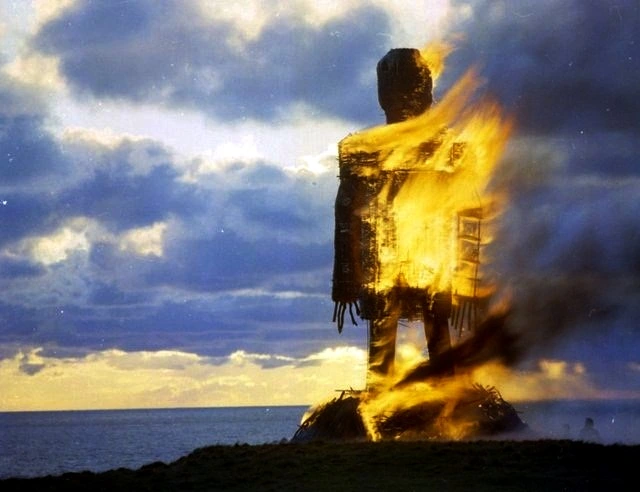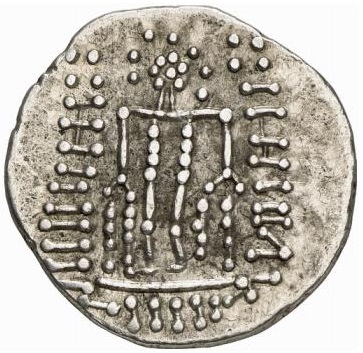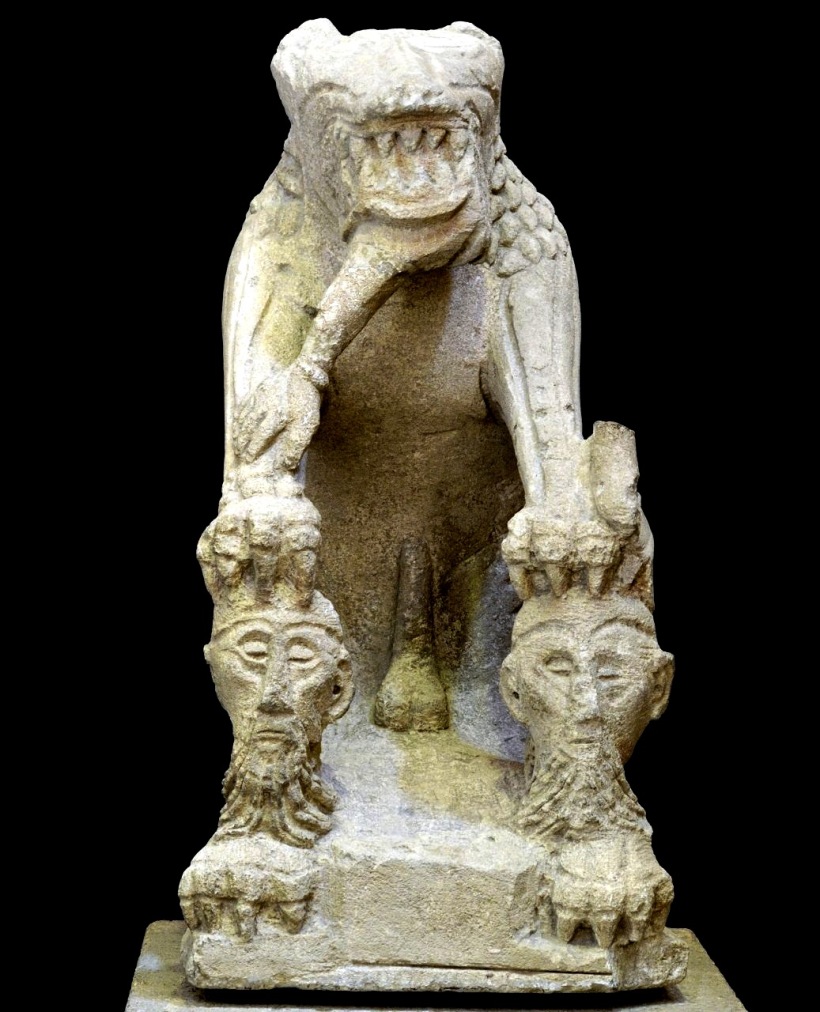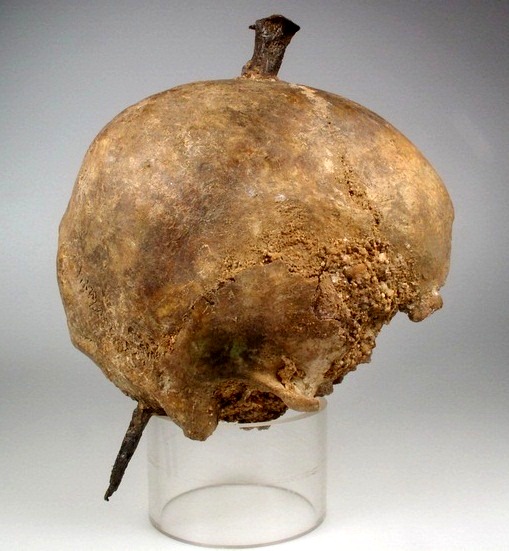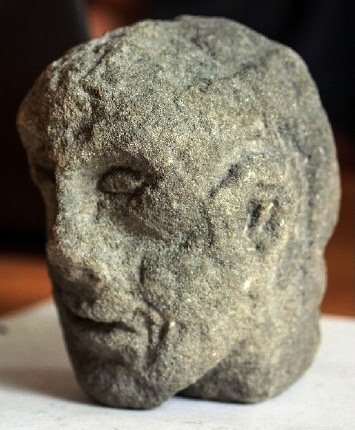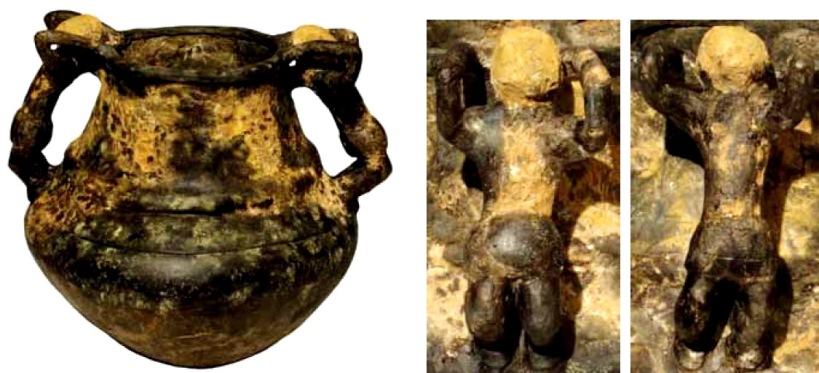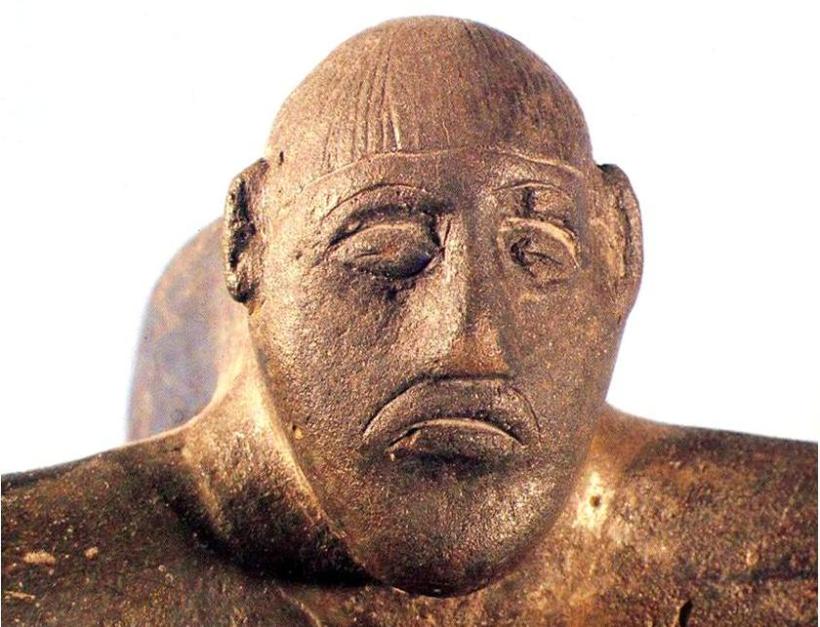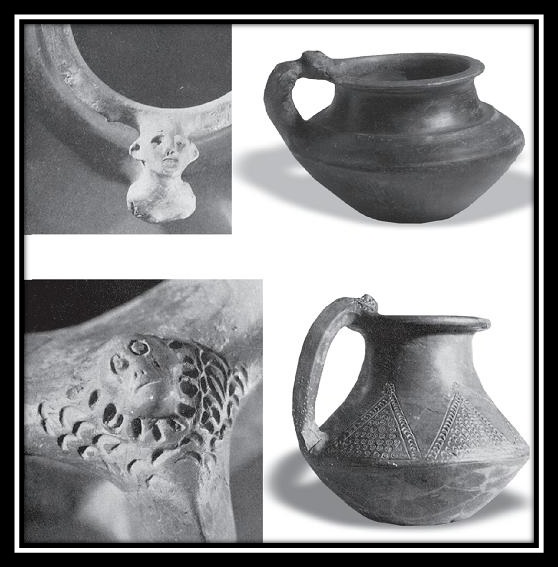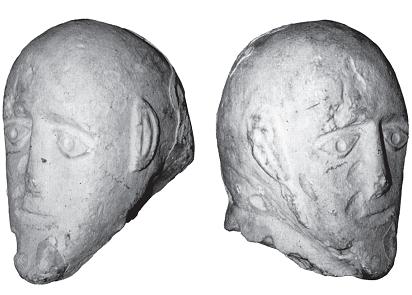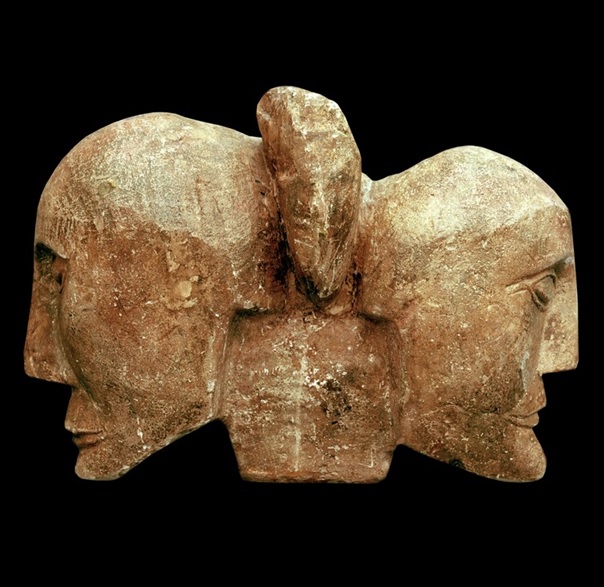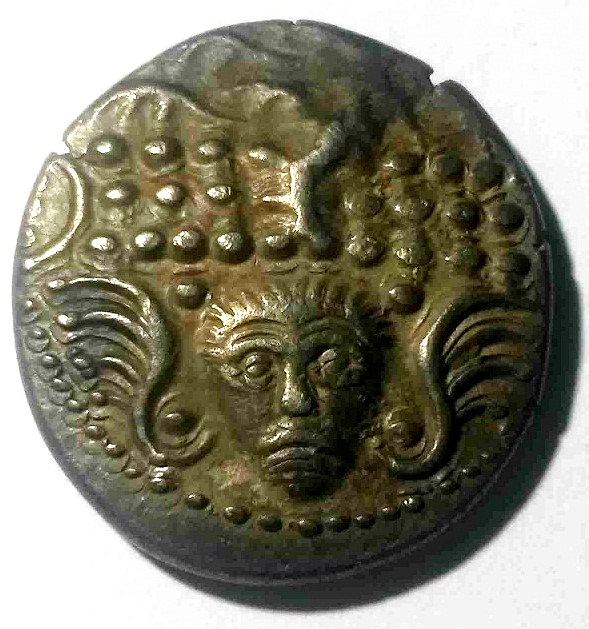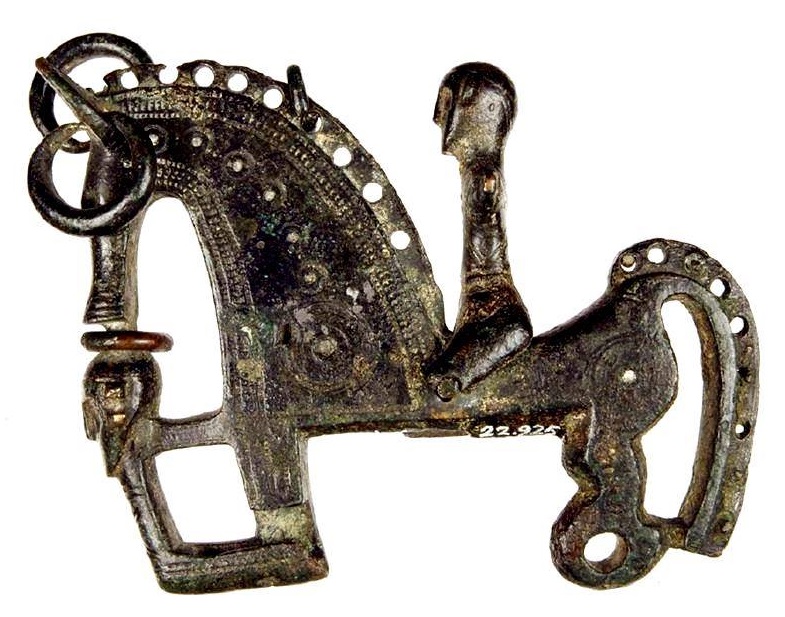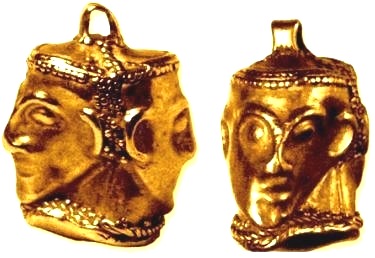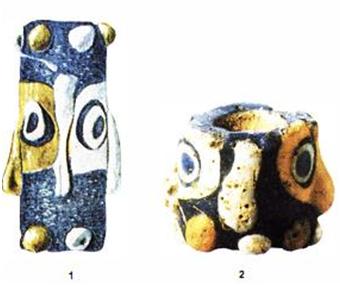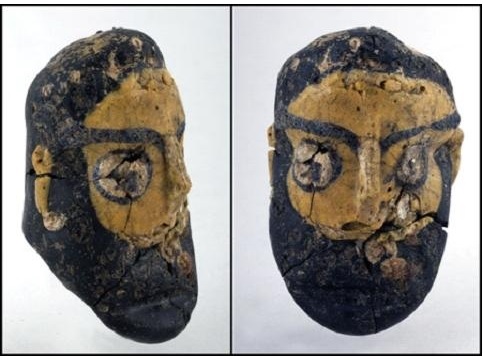UD: May 2019
“…having devised a colossus of straw and wood, throw into the colossus cattle and wild animals of all sorts and human beings, and then make a burnt-offering of the whole thing”.
(Strabo IV, 4:5)
The most horrific ritual associated with the ancient Celts is undoubtedly the Wicker Man, and the mass burning of human and animal sacrifices inside this sinister structure. Our knowledge of this phenomenon comes largely from two main sources – Caesar, and the Greek geographer Strabo, although it appears that both harvested their information from a single source – Posidonius, whose account has not survived (Tierney J.J. (1959-60) The Celtic Ethnography of Posidonius. Proceedings of the Royal Irish Academy 60. P. 189-275; Green M. Humans as Ritual Victims in the Later Prehistory of Western Europe. Oxford Journal of Archaeology. 17/2. 1998. P. 169-189).
Most information on the Wicker Man comes from Julius Caesar, who states the Druids burned criminals and prisoners of war in the wicker structures, and that when such were unavailable, they “even go so low as to inflict punishment on the innocent”:
“Others have figures of vast size, the limbs of which formed of osiers they fill with living men, which being set on fire, the men perish enveloped in the flames. They consider that the oblation of such as have been taken in theft, or in robbery, or any other offense, is more acceptable to the immortal gods; but when a supply of that class is wanting, they have recourse to the oblation of even the innocent”.
(Caesar, De Bello Gallico 6.16)
Caesar’s use of emotive language (“they even go so low”) hints that he was intending to show the enemies of Rome in a particularly barbaric light. In any case, Caesar himself did not witness such rituals, instead citing the Greek traveller Posidonius, who had visited Gaul about 50 years earlier, and written of the human sacrifice there. Why Posidonius, a Roman sympathizer, wrote, and why he wrote it, is unclear. He may have had first-hand experience of sacrificial rites, or he may have been transmitting rumors or outright lies, subsequently copied by other classical authors. Besides Caesar and Strabo, another source, Florus, also mentions the practice of human sacrifice by burning, this time among the Balkan Celts, stating that during the campaigns by the Scordisci at the beginning of the 1st c. BC Roman prisoners were also burnt alive:
“Throughout their advance they left no cruelty untried, as they vented their fury on their prisoners; they sacrificed to their gods with human blood; they drank out of human skulls; by every kind of insult inflicted by burning and fumigation they made death more foul; they even forced infants from their mother’s wombs by torture”.
(Florus, Epitome of Roman History XXXVIIII, iii, 4)
So did the Wicker Man really exist, or is it simply another ‘urban legend’ – a product of the classical imagination designed to reinforce the image of the savages in the popular psyche, and illustrate the necessity that they be ‘civilized’?
All classical accounts of the ‘Wicker Man’ and human sacrifice by burning, are hearsay, and no eyewitness account has survived. Furthermore, no archaeological evidence of such a phenomenon has ever been discovered, which logically raises further doubts about the veracity of such claims.
And yet, there is one further source of information, produced by the Celts themselves, which may support the horrific accounts of ancient authors. During the 1st c. BC the Celtic tribes in Thrace produced a large number of silver tetradrachms of the Thasos type, on many of which a mysterious figure appears on the reverse. Various versions of these Celtic coins depict a colossus with a burning head (fig. A/B) or the head portrayed as a wheel (fig. C/D/F) – both apparently references to the Thunder God Taranis, to whom sacrifice was made by fire, and who is associated with the Solar Wheel.
Fig A
Fig. B
Fig. C
Fig. D
Other issues depict the figure within a rectangular structure (fig. E), and/or standing on a platform (fig. A/B/C/E/F), with what appears to be a ladder in the bottom right corner (Fig F):
Fig. E
Fig. F
On Celtic “Thasos type” coinage:
https://www.academia.edu/6144182/Celtic_Thasos_Type_Coinage_from_Central_Bulgaria
Reverse of a Balkan Celtic tetradrachm from Central Bulgaria, with solar/Taranis wheel in the top left corner
(1st c. BC)
https://balkancelts.wordpress.com/2012/08/20/taranis-the-thunder-god/
While the schematic nature of these images makes certainty impossible, this coinage corresponds geographically and chronologically with accounts of human sacrifice by burning among the Balkan Celts, and it appears likely that these images may be the only direct archaeological evidence of the gruesome phenomenon which has become known as the ‘Wicker Man’.
Mac Congail


